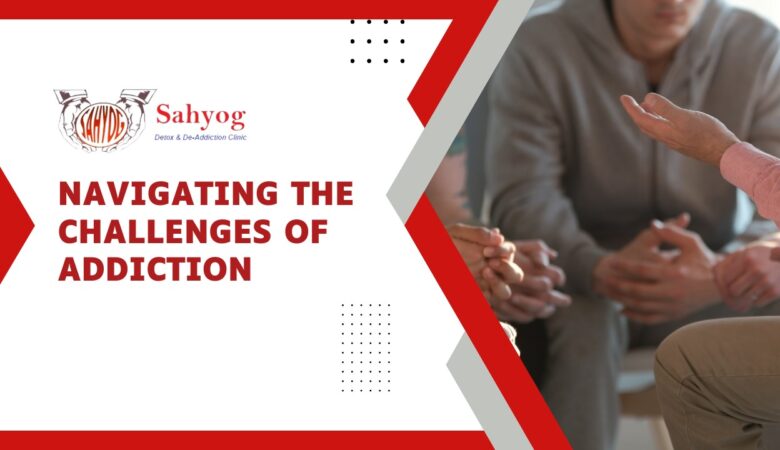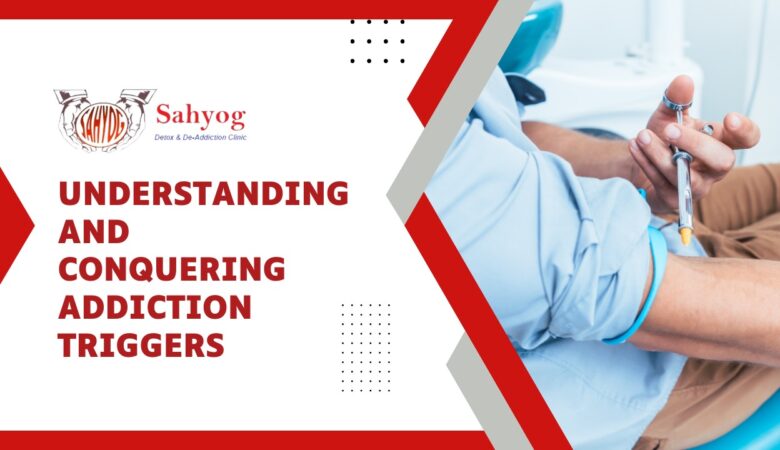The Complex Relationship: Sex as Self-Harm in Borderline Personality Disorder
Unlocking the complex world of Borderline Personality Disorder (BPD) is like navigating through a maze of emotions, impulses, and self-destructive behaviors. One such behavior that often intertwines with this disorder is sex as self-harm. Yes, you read that right – for some individuals with BPD, sex can become a painful way to cope with their inner turmoil. Intrigued? In this blog post, we will delve into the intricate relationship between BPD and sex as self-harm, exploring its definition, reasons behind it, and its impact on relationships and mental health. So fasten your seatbelts and get ready to unravel the enigmatic connection between desire and despair! Understanding Borderline Personality Disorder (BPD) Understanding Borderline Personality Disorder (BPD) is like trying to solve a puzzle with constantly shifting pieces. It is a complex mental health condition characterized by intense and unstable emotions, impulsive behaviors, distorted self-image, and tumultuous relationships. People with BPD often experience extreme highs and lows in their emotions, which can lead to feelings of emptiness and an overwhelming fear of abandonment. They may struggle with regulating their emotions, resulting in impulsive actions such as self-harm or reckless behavior. One defining feature of BPD is the difficulty in maintaining stable relationships. Individuals with this disorder may exhibit intense episodes of anger or idealization towards others, causing strain on friendships or romantic partnerships. It’s important to note that BPD should not be stigmatized or dismissed as mere attention-seeking behavior. This disorder stems from a combination of genetic factors, environmental influences, and possible brain abnormalities. Treating BPD requires a comprehensive approach that combines therapy (such as dialectical behavior therapy), medication management for co-occurring conditions like depression or anxiety, and support from loved ones. With the right treatment plan in place, individuals living with BPD can learn healthier coping mechanisms and find stability amidst the chaos within their minds. The journey towards understanding Borderline Personality Disorder is ongoing but shedding light on its complexities helps chip away at the stigma surrounding this misunderstood condition. Also read: Art Therapy as a Creative Outlet for Mental Health Healing The Link Between BPD and Self-Harm Borderline Personality Disorder (BPD) is a complex mental health condition that affects how individuals perceive themselves, others, and the world around them. It is characterized by intense emotions, unstable relationships, impulsive behaviors, and an unstable sense of self. One common behavior associated with BPD is self-harm. Many individuals with BPD engage in acts of self-harm as a way to cope with overwhelming emotions or to regain a sense of control. Self-harm can take various forms such as cutting, burning, or hitting oneself. Sexual self-harm is another manifestation of this destructive behavior within the context of BPD. It involves engaging in sexual activities that are harmful or emotionally distressing. This can include engaging in risky sexual behaviors without protection or consent, seeking out abusive partners or situations, or using sex as a means to punish oneself. There are several reasons why individuals with BPD may turn to sex as a form of self-harm. For some, it may provide temporary relief from emotional pain or help distract from feelings of emptiness. Others may use sex as a way to feel validated and desired because they struggle with low self-esteem. Engaging in sex as self-harm can have serious consequences for both mental health and relationships. It perpetuates negative patterns and reinforces harmful beliefs about oneself. Additionally, it can lead to further trauma and increase the risk for sexually transmitted infections (STIs) if unsafe practices are involved. Treating sexual self-harm in the context of BPD requires a comprehensive approach that addresses both the underlying issues related to BPD itself and provides strategies for healthier coping mechanisms. Therapy modalities such as Dialectical Behavior Therapy (DBT) have shown promise in helping individuals manage their emotions effectively while also addressing patterns of destructive behavior. Definition of Sex as Self-Harm in BPD Sex as self-harm is a complex and often misunderstood behavior commonly observed in individuals with Borderline Personality Disorder (BPD). It refers to engaging in sexual activities that are intentionally harmful, both physically and emotionally. While it may involve risky behaviors such as unprotected sex or promiscuity, it is important to note that sex as self-harm goes beyond mere reckless behavior. In the context of BPD, sex can be used as a way to cope with overwhelming emotions or feelings of emptiness. It serves as a form of self-punishment or self-soothing, allowing individuals to momentarily escape from their emotional pain. However, this act ultimately reinforces negative beliefs about oneself and can perpetuate the cycle of self-destructive behaviors. It’s crucial not to confuse sex as self-harm with consensual BDSM practices or healthy expressions of sexuality. The intention behind this behavior is key; individuals who engage in sex as self-harm do so primarily for the purpose of inflicting harm upon themselves rather than seeking pleasure or intimacy. Understanding the underlying motivations behind sex as self-harm is essential for effective treatment interventions. Therapists work closely with individuals with BPD to explore healthier coping mechanisms and address underlying trauma or unresolved issues contributing to this destructive pattern. By acknowledging the complexity surrounding sex as an expression of self-harm within BPD, we can foster greater empathy and understanding towards those struggling with these challenges while working towards more compassionate care. Reasons for Engaging in Sex as Self-Harm For individuals with Borderline Personality Disorder (BPD), engaging in sex as a form of self-harm can be a complex and distressing behavior. While the reasons behind this behavior may vary from person to person, there are some common factors that contribute to its occurrence. One reason is the intense emotional pain experienced by those with BPD. Sex, particularly when it involves risky or unsafe behaviors, can serve as a way to temporarily distract oneself from painful emotions or numbness. It provides a momentary escape from overwhelming feelings that may seem unbearable. Another factor is the desire for validation and connection. Individuals with BPD often struggle with feelings of emptiness and an unstable sense of self. Engaging










